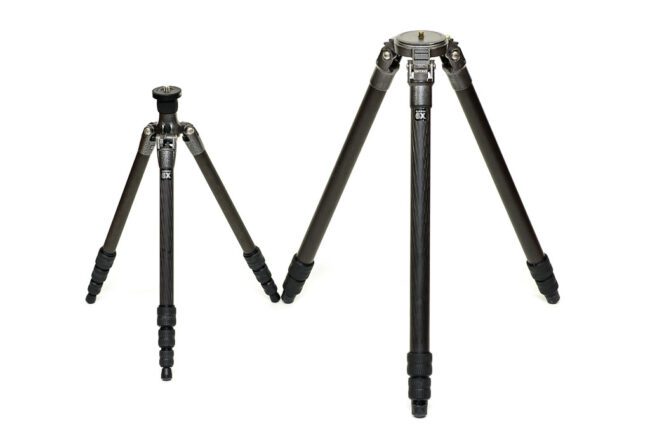A tripod is a portable three-legged frame, used as a platform for supporting the weight and maintaining the stability of some other object. A tripod provides stability against downward forces and horizontal forces and movements about horizontal axes.
When dealing with slow shutter speeds, a solid tripod is a must-have tool for eliminating camera shake and capturing sharp photographs.
It is important to know when you need to use a tripod. Shooting hand-held is effortless compared to setting up a tripod and mounting the camera on it, which is why many of us (myself included), prefer shooting hand-held when possible.
Although most modern cameras are capable of producing excellent results with very low noise levels at high ISOs and thus have certainly reduced the need to use tripods, tripods are still preferred in low-light situations, especially when one desires highest quality images with little or no noise on high-resolution cameras.
Since there are so many variables involved, such as camera hand-holding technique, shutter speed, ISO performance, sensor size, focal length, image stabilization, lens sharpness and camera to subject distance, there is no magic formula for figuring out exactly when a tripod must be used.
There are some considerations though, so here is the list based on my personal experience:
- Weight: if gear is very heavy, it is best to avoid hand-holding it, especially when photographing for extended periods of time.
- Photography Genres: Landscape, Macro, Architecture and some other photography genres might require tripod use for precision, framing and consistency, even if light conditions are good.
- Hand-Holding Technique, Reciprocal Rule and Image Stabilization: knowing how to properly hand-hold your camera is important, but if shutter speed is too low, you might still be introducing camera shake.
- ISO Performance and Acceptable Level of Noise: some of the modern full-frame cameras are capable of producing superb images at high ISOs without introducing too much noise, losing lots of dynamic range and colors. However, there is always a fine line between what the camera can do and what your preference is in terms of what you consider acceptable.
- Print / Output Size: how large you are planning to print or display your images is also important. If you need amazing pixel-level quality for those large billboard-size prints or ultra high-resolution monitors, you might need to shoot at low ISO levels, which result in slower shutter speeds.
- Focal Length and Subject Distance: the longer the lens, the faster your shutter speed will need to be to yield sharp images when shooting hand-held. Subject distance is also important – if the subject is far away and represents a small part of your frame, poor sharpness will be much more obvious.
- Camera and Lens Resolution: The more resolution your camera has, the more demanding it will be on your lenses and your hand-holding technique, so keep this in mind.
After your tripod and camera are fully set up, it is time to employ additional techniques to avoid camera shake:
- Camera Strap: Camera straps are convenient to have on your camera, but once mounted on a tripod, can cause camera shake in windy situations.
- Shoot at Base ISO and Turn Off Auto ISO: Most cameras have the least amount of noise and the highest dynamic range at their base ISO (usually between ISO 64 and 200), so use the lowest native setting. Make sure to turn off Auto ISO.
- Use Cable Release: Squeezing the shutter release with your fingers will surely cause camera shake, so it is a good idea to use a remote / cable release.
- Self Timer: Adding a two+ second delay with self-timer is usually a good idea, especially if you do not have a remote / cable release.
- Mirror Up: If you have a DSLR, its mirror causes a lot of vibration when it moves up before each exposure. Using Mirror Up will raise the mirror first, then you can wait a little before taking the shot. Mirror Up requires a remote / cable release.
- Exposure Delay: If your camera has exposure delay feature and you do not have a remote / cable release, exposure delay mode can help effectively eliminate camera shake. With exposure delay, the camera mirror will go up, then the camera will wait for a specified time before taking a picture.
- Electronic Front Curtain Shutter: A number of new DSLRs (like Nikon D810) and mirrorless cameras have the Electronic Front Curtain Shutter feature. With this feature turned on, the camera will not operate its shutter mechanism at the beginning of the exposure, which can completely eliminate any kind of camera shake.
- Turn Off Image Stabilization: Unless your lens has a specific image stabilization mode to be used on tripods, you should always keep it turned off.

No comments:
Post a Comment